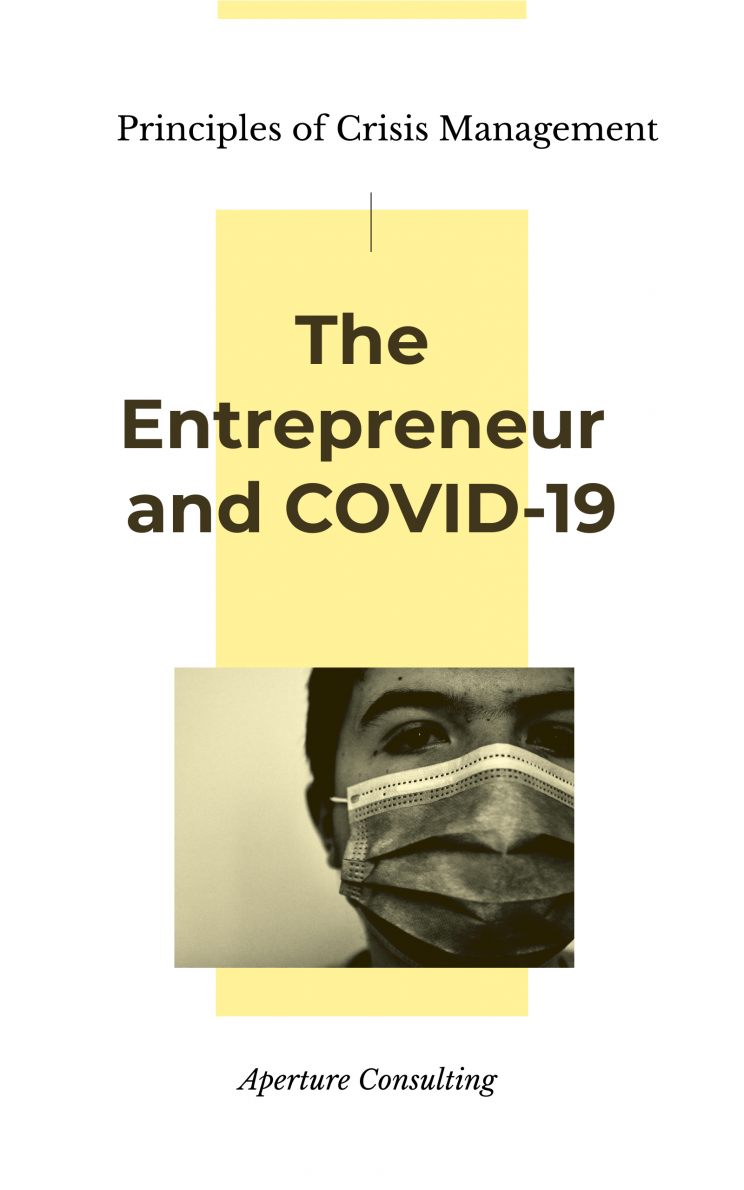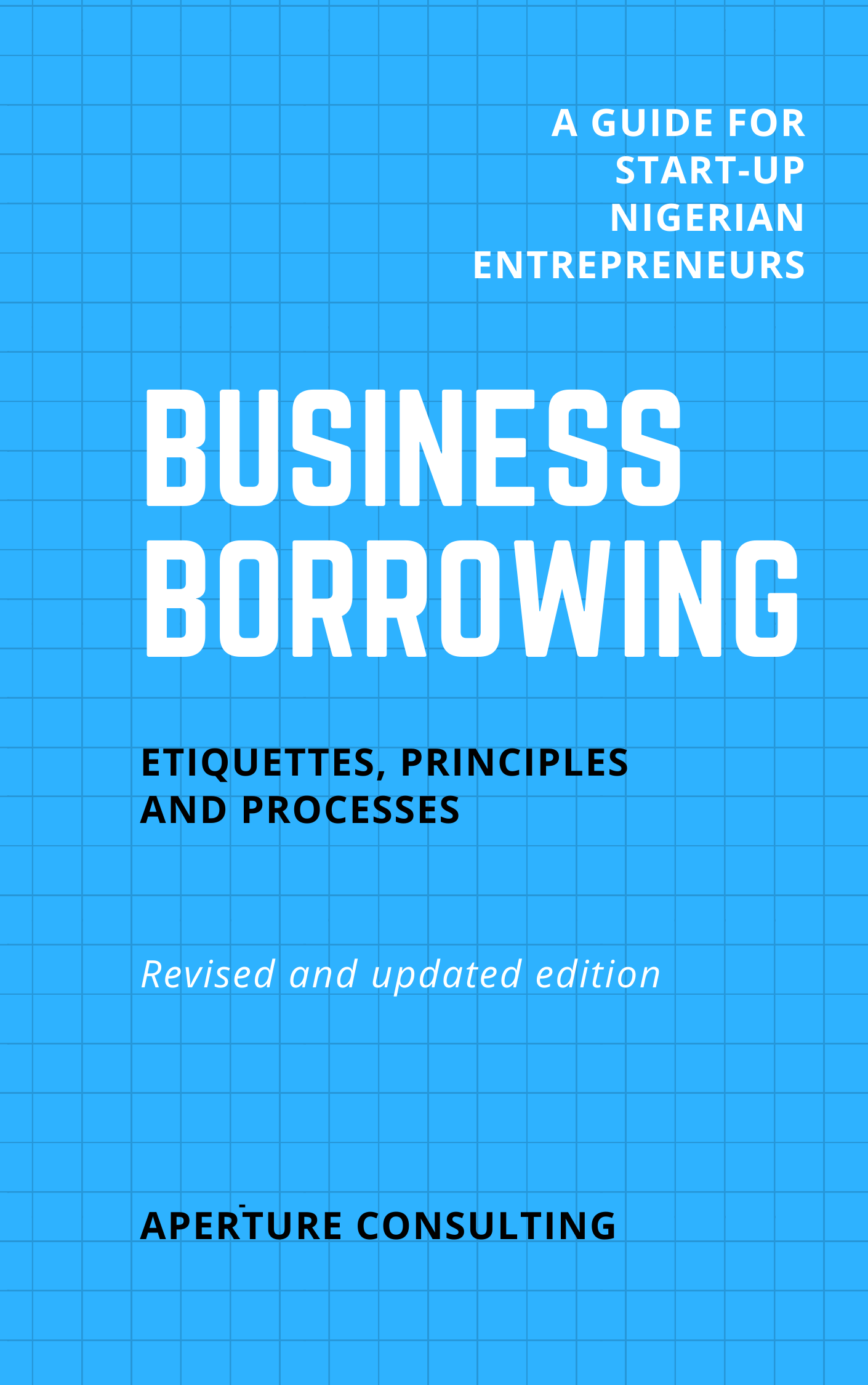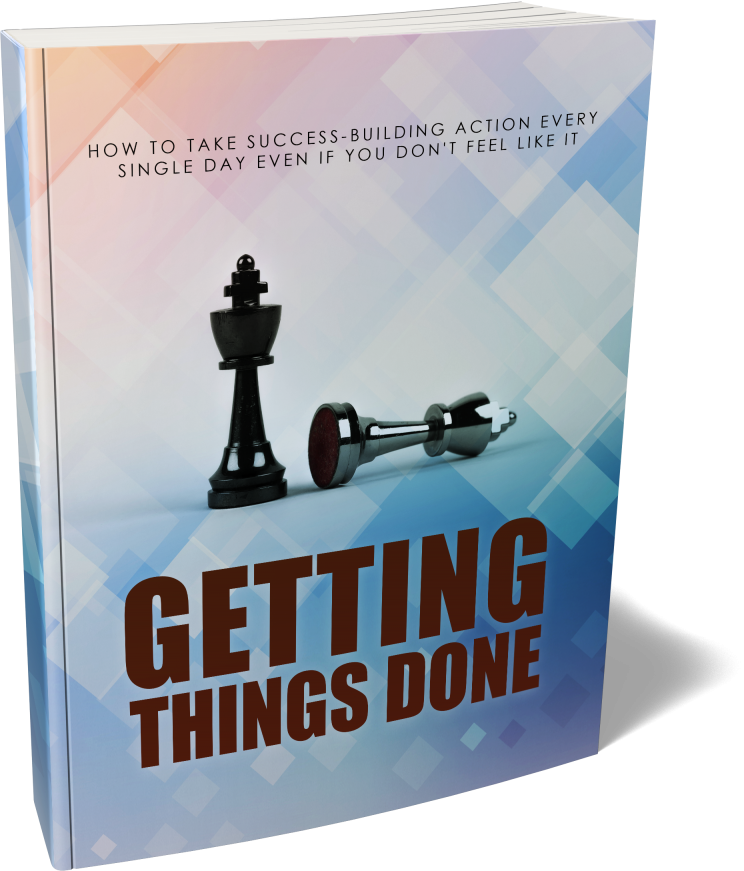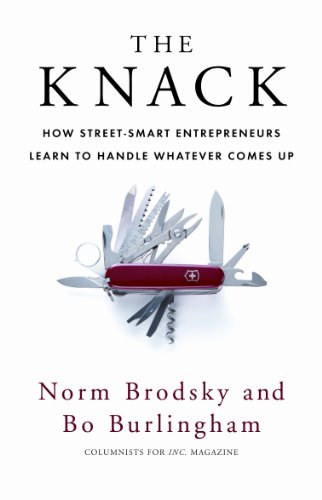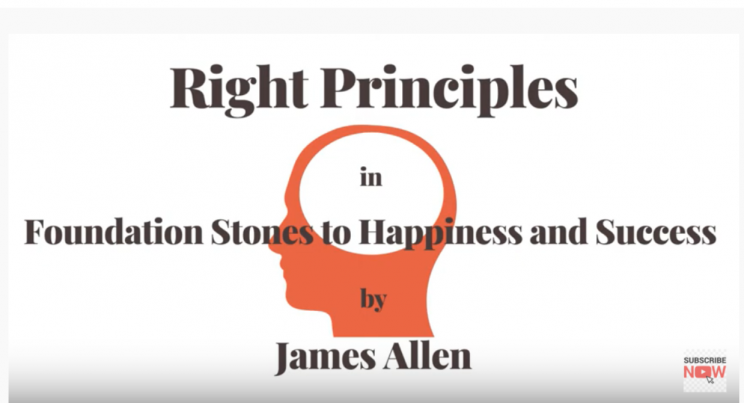 Business is both easy and tough. It is easy to the extent that it almost always simply involves identifying a need and satisfying it. It is difficult to the extent that a lot of things must be done right, from being able to correctly identify the need to being able to satisfy it. And this must be done on a sustainable and continuous basis. Your life of inspiration and perspiration is about to start!
Business is both easy and tough. It is easy to the extent that it almost always simply involves identifying a need and satisfying it. It is difficult to the extent that a lot of things must be done right, from being able to correctly identify the need to being able to satisfy it. And this must be done on a sustainable and continuous basis. Your life of inspiration and perspiration is about to start!
When we were in our boarding secondary school, there was an elderly lady who was always under a shade outside our classrooms around 10am when we come out for short break. She sold peanuts to us. With a student population of about 500 students, and as the only supplier, she almost always sold out her merchandise. I am sure it was a lucrative business to her. She identified a need and satisfied it. Similarly, Starbucks Corporation, with over 21,000 stores in excess of 63 countries, over 150,000 employees, and revenue above $12 billion, does the same thing. They found a need and satisfy it.
No matter the size of a business, its rational existence and continued survival and growth on a commercial basis is tied to the simple rationale of either creating or finding a need and meeting that need. Creating or finding a need, and going ahead to satisfy it, is really what business is all about. So how do you find a need and satisfy it? I think we can identify three distinct ways:
a) Identify existing needs and satisfy them,
b) Anticipate needs that will arise and plan to meet them, and
c) Create hitherto unknown ‘needs’ and ‘satisfy’ them.
Pedestrian observation: You recalled I mentioned how I started my computer business in the 1990s. It was because I went to a shop to buy a computer memory for upgrade, and the shop attendant complained that his boss was not importing sufficient quantity of the item. I made some basic checks and seized the opportunity. Offices were buying more desktop computers, and laptops were just becoming a necessary tool for most middle-level and senior employees. I became a major importer of computer memories. As the timing was right, I frequently made 200%, 300% and even as much as 400% return on shipments! This is a simply case of identifying a need and satisfying it. Observe.
Personal experiences: Anita Roddik, who started The Body Shop, was quoted as saying that if something makes you angry, there might a need there. The point I believe she is trying to make is that, if you are unhappy about some product or service, several others might also be suffering in silence about the same thing. If there are enough of you, you could make a viable market.
The Body Shop is built on a philosophy that ‘… true beauty comes from the heart.’ They are focused on making their beauty care products with ‘… some of the finest raw ingredients from the four corners of the globe.’ All their products are 100% vegetarian and they never test products on animals. The Body Shop has massive and loyal clientele that identify with these and other values held as core to the company. Your experience can be a veritable way of understanding a number of unfulfilled needs. You must however test it to ensure that it has a mass appeal that can lead to commercial success.
Change the way a business is done: Michael Dell did not invent the personal computer, neither did he actually transform it as much as Steve Jobs did. But Dell changed the way the computer business was done. In the early nineties, the Original Equipment Manufacturers (‘OEMs’) simply designed and manufactured various computer models. The buyer decides which model meets his or her requirements and buys if off the shelf, mostly through vendors. Michael Dell decided to give the buyer a complete choice to ‘specify’ his exact requirements. I remember the first time I bought a ‘Dell’, I went online and keyed in all the specifications I required; from the screen size, the processor speed, to the hard disk capacity, the memory etc. and ordered it. Within a few days I got my computer delivered to my address. This ‘choice offered to customers’ gave Dell Computer Corporation a traction and they did extremely well. Michael Dell achieved this from humble beginnings, giving the big manufacturers like Compaq, Hewlett Packard, IBM a run for their money.
It was almost the same thing that Henry Ford did, a century earlier, when he introduced the assembly line method of manufacturing cars. This significantly reduced the cost of production of vehicles, thereby making them affordable and available to a mass market. We still benefit from this system in a wide range of industries.
You could therefore look at an existing business and alter its model in a way that adds value to its customers.
Take on a Goliath: Frequently, one finds opportunity in fast growing markets. Existing suppliers might even be overwhelmed in meeting the needs of the market. This can be an opportunity for an entrepreneur, to identify a niche in the market space and serve it. There are many other scenarios, however, where the market growth is rapidly declining or entirely matured. In this situation, the only viable way for you to operate is to take a commercially viable share of the market away from others.
With the banking reforms of the early nineties in Nigeria, many new generation banks came on board. They obviously met older banks with a lot more resources and large customer bases. The new generation banks initially ‘snatched’ away customers from the older banks. They also deployed technology faster and served their customers better. It was after this initial success that they faced the challenge of going after the (potential) customers who were hitherto unbanked. This approach is particularly possible when the existing operator or operators are not servicing the market well.
Anticipate what the customers will like: Following a trend, you may be also be able to predict a need that is likely to arise in the future. For instance, with increase in birth rates, growing middle-class, and declining standards of education in many public schools, a lot of entrepreneurs were able to forecast a consequential demand in private education. Those that set up private primary and secondary schools and are able to provide good quality education at reasonable fees are getting excellent patronage. In the same vein, major companies in Nigeria, such as Glo and MainOne, that laid fibre optic cables did so in anticipation of increasing demand of bandwidth all over the region. If, as expected, their prediction is right, they are likely to bountifully reap the benefits.
Create a need: Sometimes obviously, certain ideas, products and technologies first create needs rather than serve an existing need. Most major products and services such as the television, electricity, internet,, etc created a need after their invention rather than satisfy a need that pre-existed them. They then satisfy the need and also create spin off needs for service, spare parts, accessories etc.
This is quite a counter intuitive method of starting a business. The entrepreneur, will in this case, typically come up with an idea of a product or service, which he believes will have appeal to potential customers and a commercial success. In some cases, the entrepreneur is able to ‘test’ the potential viability of his idea. In several other cases, he is unable to do that. But merely relies on his ‘hunch’ and other non-scientific means of ‘verification’. So many products and services are a result of this approach. A lot have succeeded and we can also say that many more did not achieve commercial success.
In establishing a need and planning to fulfil it, the entrepreneur must be diligent. This is necessary so that he doesn’t get carried away by his desires and wishes, as against the real needs and expectations of customers. No idea for a new business model, or product or technology will succeed as a business if it does not meet, or create, a need on commercial basis.
You improve your chances of successfully identifying need(s) and filling them if you can:
a) Improve your listening skills: The more you can attentively listen to others, the more you are likely to identify a possible need that may be commercially viable. Understand that ideas can come from various sources, but it is the person that ultimately acts that can make a success of it.
b) Observe: You should also improve your observation skills. By observing others and events around you, you could come up with an idea that can be commercially viable.
c) Study: You have to learn to study situations, get facts and figures and understand what they mean. It is a classic requirement of your being able to distinguish the ‘trees from the forest’. In most parts of our continent unfortunately, statistics and figures might not be available or fully accurate. You should learn to use what is available and make corrections by testing ‘facts’.
Recommended further reading:
The airline and computer hardware industries are highly competitive. I will suggest that you read any of the two two books below on the airline industry and ‘Direct from Dell’ on the computer industry.
‘Ryanair: How a Small Irish Airline Conquered Europe’ by Siobhan Creaton, available on Amazon: http://amzn.to/1F8fHrE
‘The Southwest Airlines Way’ by Jody Hoffer Gittel, available on Amazon: http://amzn.to/1GehUmx
‘Direct from Dell: Strategies that Revolutionaized an Industry’ by Michael Dell, available on Amazon: http://amzn.to/1EB2F61
Our next write up will be on Bootstrapping.



